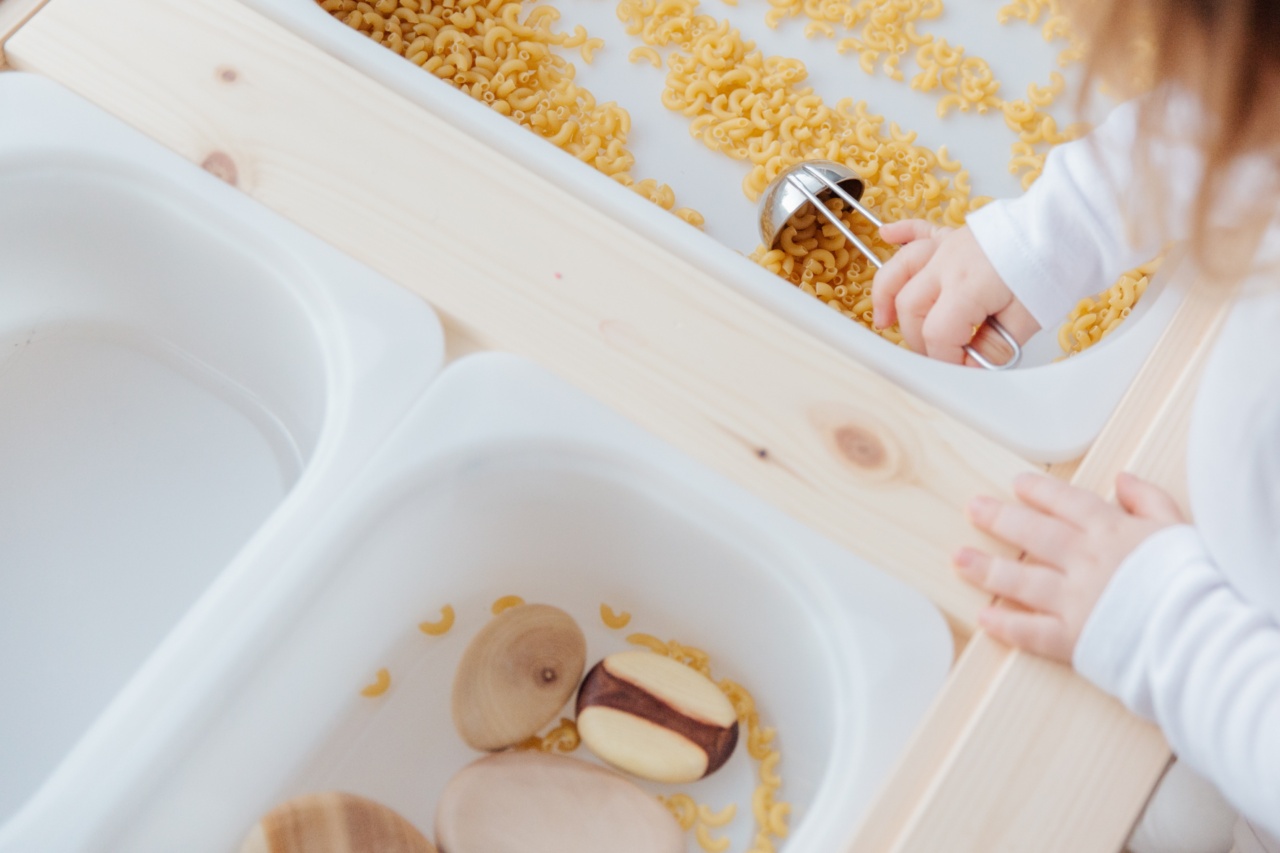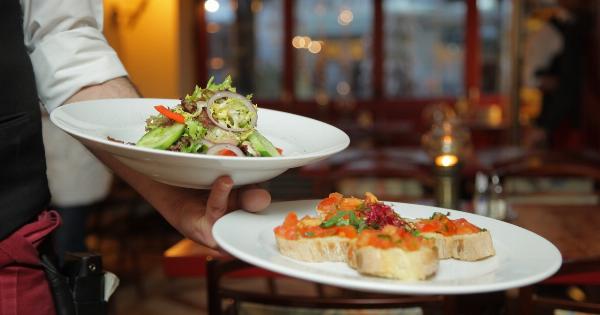A play food portion matching game is a fun and educational activity for children that involves matching different play food items to their corresponding portions.
This game helps kids understand the concept of portion sizes and promotes healthy eating habits.
Why is Play Food Portion Matching Important?
Teaching children about portion sizes from a young age is crucial for their overall health and well-being. Many kids struggle with portion control and may overeat or consume unhealthy food choices.
Play food portion matching games allow children to visually understand how much food they should be consuming and help them make healthier choices.
How to Play a Play Food Portion Matching Game
To play a play food portion matching game, you will need various play food items and corresponding portion size cards. Here’s how you can set it up:.
1. Gather Play Food Items
Collect a variety of play food items such as fruits, vegetables, proteins, grains, and snacks. Make sure to have different portions of each food item to match with the portion size cards.
2. Create Portion Size Cards
Prepare portion size cards that represent different serving sizes for each food item.
For example, you can have cards for “1 slice of bread,” “1 cup of vegetables,” or “1 serving of yogurt.” Laminate the cards to make them durable.
3. Set Up the Game
Arrange the play food items and portion size cards on a table or play area. Mix them up to create a challenge for the child. Make sure each child can easily see the play food and portion size cards.
4. Start Matching
Ask the child to take turns picking a play food item and matching it to the correct portion size card. Encourage them to think about the appropriate serving size for each food item.
Provide guidance if needed, explaining why certain portion sizes are appropriate.
5. Discuss Healthy Eating Habits
While playing the game, take the opportunity to discuss healthy eating habits with the child. Talk about the importance of eating a balanced diet, including fruits, vegetables, proteins, and grains.
Explain how portion sizes can vary depending on the food item and the individual’s age and activity level.
6. Reinforce Positive Choices
Praise the child for making correct matches and choosing healthy portion sizes. Reinforce positive choices and explain how eating appropriate portion sizes can contribute to their overall health and well-being.
Benefits of Play Food Portion Matching Games
Play food portion matching games offer several benefits for children:.
1. Visual Learning
Children learn best through visual cues and hands-on experiences. Play food portion matching games provide a visual representation of portion sizes, making it easier for kids to understand and remember portion control concepts.
2. Introduction to Healthy Eating
Playing these games introduces children to different types of foods and encourages them to make healthier choices. They become familiar with fruits, vegetables, proteins, grains, and snacks in appropriate serving sizes.
3. Development of Math Skills
Portion size matching games involve counting and measuring, helping children develop basic math skills. They learn to quantify and compare different serving sizes.
4. Awareness of Hunger and Fullness
Playing these games can help children become more aware of hunger and fullness cues. By understanding appropriate portion sizes, they learn to listen to their body’s signals and avoid overeating.
5. Building Healthy Habits
Consistently playing play food portion matching games can help children develop healthy habits around eating. They learn to make conscious choices and understand the importance of balanced nutrition.
Conclusion
A play food portion matching game is a beneficial activity for children as it teaches them about portion sizes, promotes healthy eating habits, and develops math skills.
By visually matching play food items to their corresponding portion sizes, children can better understand the concept of portion control, which will lead to healthier choices in their everyday lives.































